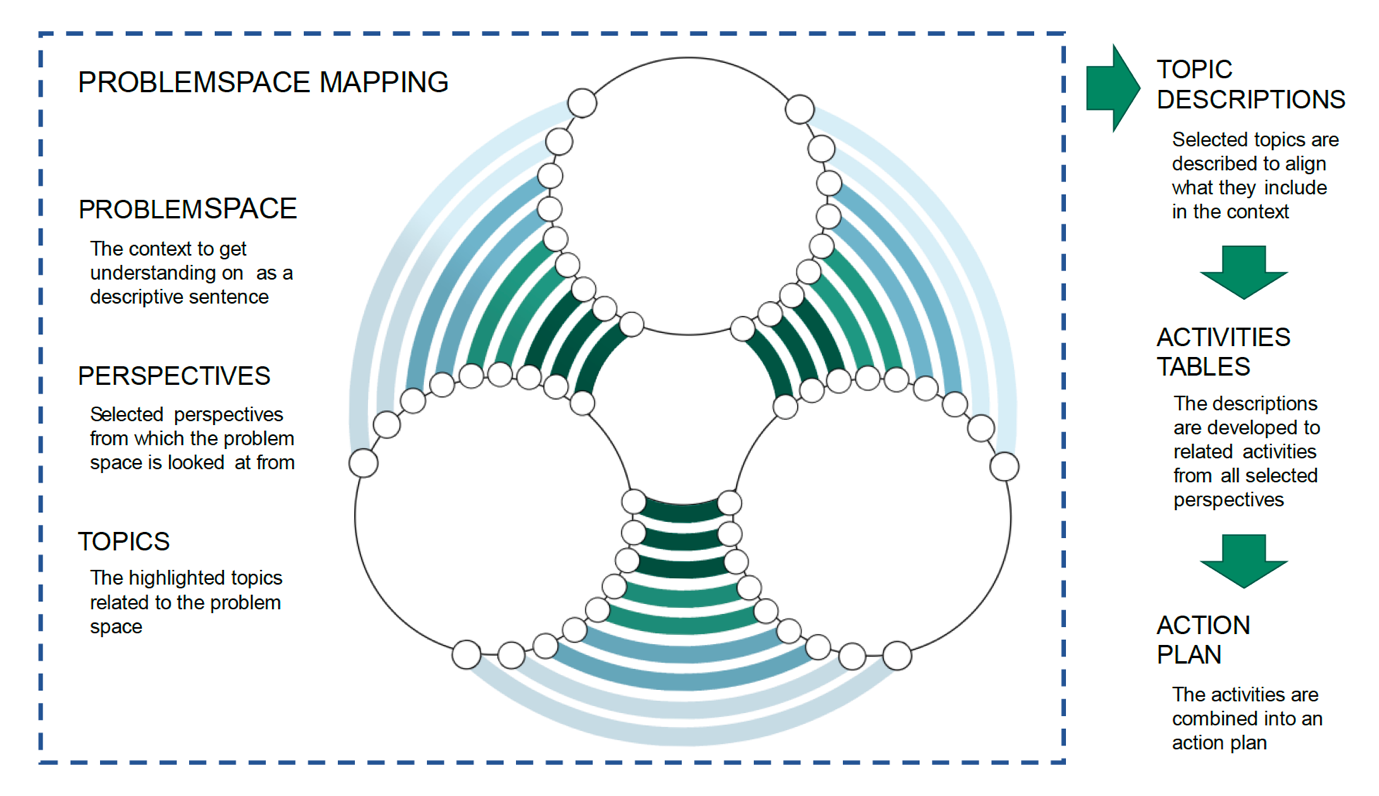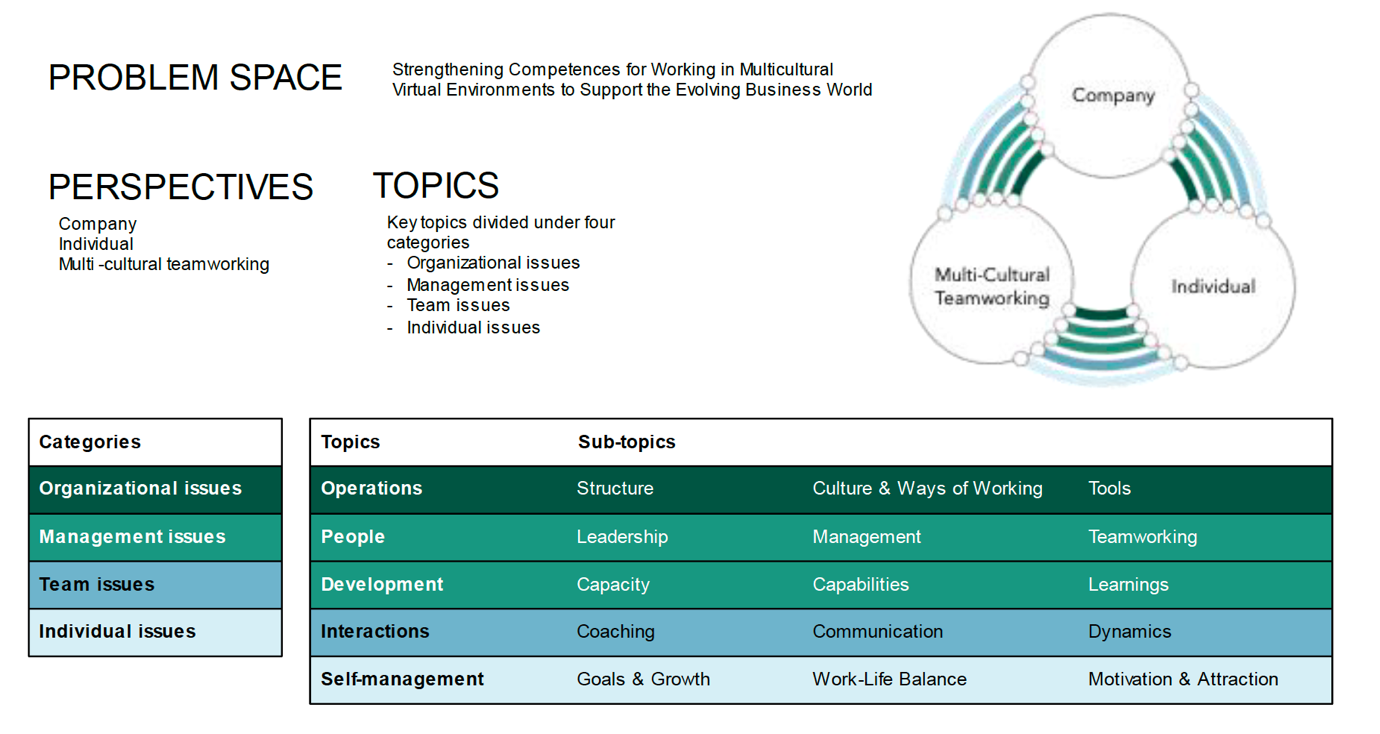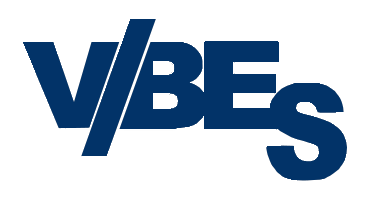28 Mar VIBES course development toolbox released
VIBES reached new milestone developing its course development toolbox. VIBES IO3 – Educational content development offers a modular systematic approach to creating curricula for multicultural virtual teamworking skills. It draws insights from three levels of education: high school, university, and graduate/professional education. Curriculum development is approached as a modular co-creation process that can be navigated with the help of the newly released VIBES tool.
The VIBES tool provides flexibility to create a systematic and thematic modular curriculum for the various levels of learners and educators as there is no single way to approach education. The framework does not aim to prescribe defined methods of teaching or learning. Instead, it highlights the key skills and competences for working in virtual environments and leaves space for co-designing the learning experience in different contexts and different skills levels. This allows for starting the learning journey from distinct stages and facilitating progress towards new objectives.
Developing the curricula for different contexts and learners can be complex. The VIBES tool offers a step-by-step process to describe what are the competencies to effectively work in virtual teams, lead virtual teams, and support team members required bringing focus to the topics dynamically. As such, it is a systematic modular tool that captures the overlapping nature of the different dimensions of virtual team working skills and allows for multiple perspectives to be taken into consideration. The tool provides both a logical structure for breaking down the dynamic nature of these interrelated topics, while simultaneously providing the educator the flexibility to choose which topic or sub-topics would be included in the problem space of their curricula, in each context of the learners.

The VIBES tool is scalable, allowing to expand the view or narrow the focus by either number of selected perspectives, or with the number of topics and sub-topics. There are four steps that are designed to help with keeping the focus throughout the process. The steps guide through the problem space by allow deep focus on details while maintaining a comprehensive overview of the overall context.

Based on the VIBES framework, a set of curricula was developed, demonstrating how the framework can be applied to design courses or curricula for different contexts. These curricula illustrate how to design courses and learning paths focused on:
- a single sub-topic in (example: master’s level course)
- combined sub-topics (example: master’s level course)
- combined levels (example: combined high school, bachelor’s, and master’s level course)
These curricula are developed to have the same learning path for the high school, undergraduate, and the master’s level. They could even be applied for purposes of professional development trainings. The aim was to facilitate multi-level integration possibilities in the learner’s experience and to facilitate developing distinct roles in the problem spaces.
For more details check attached guide and soon to be released full IO3 development report



